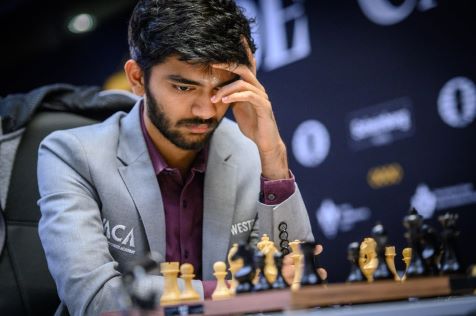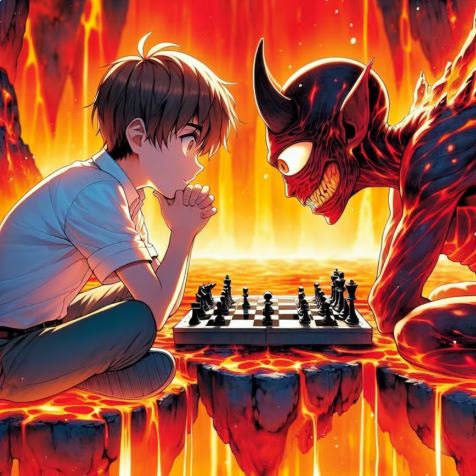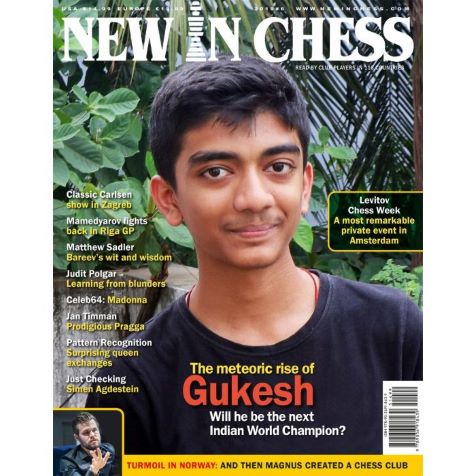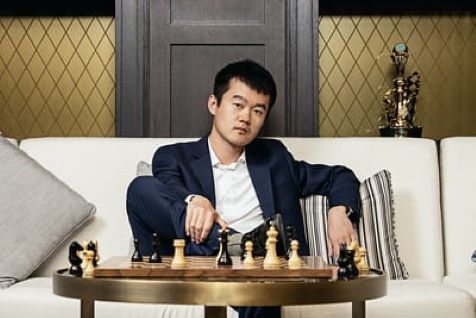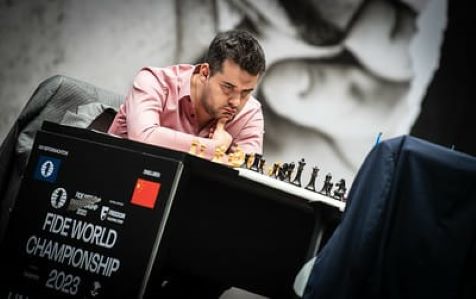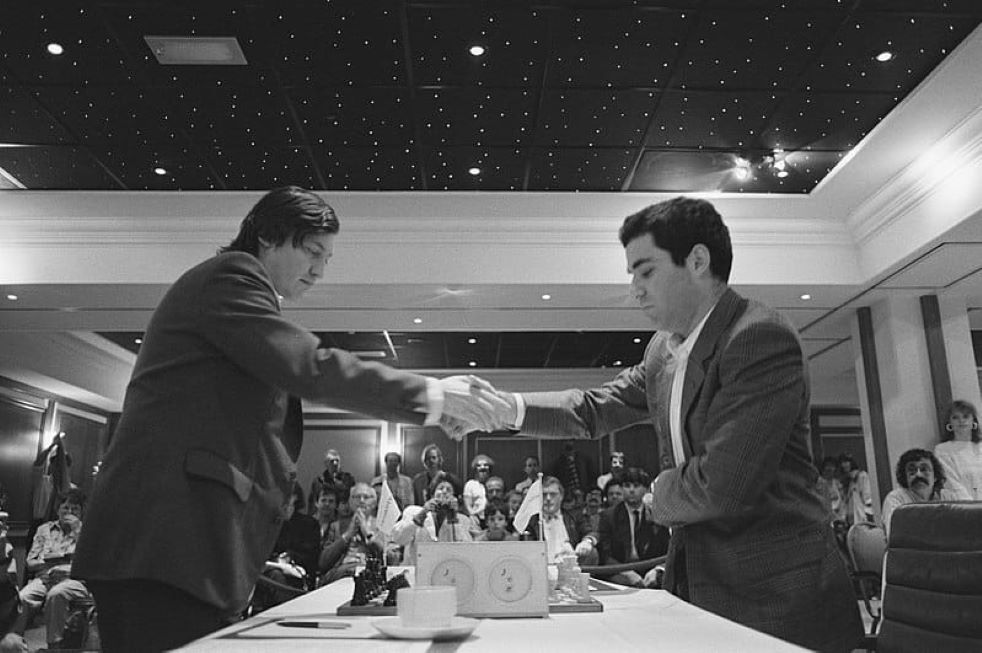
The treacherous final stretch
Game 12 of the ongoing world championship has been the most entertaining of all the games so far. As the match enters the final stretch, both the players are at the edge of their nerves, and it shows.
At press conference of the 11th game, Ian Nepomniachtchi was asked, if he thought the most difficult part of the match was over, and he just had to finish the job. “You have got to be kidding!” was his retort.
When a match enters its final stretch, if one of the players is trailing by just a point, it is when the excitement gets high. One of the most memorable descriptions about Garry Kasparov was pronounced by Vishy Anand before his (PCA) world championship match against the former in 1995. Interviewed by Daniel King, Anand paid an ultimate compliment to Kasparov’s fighting spirit, that if Anand would be able to gain a lead in the final stretch of the match, it would be a ‘pleasant sort of a nightmare’. “You take away his arms, you take away his limbs, Kasparov would still fight with his teeth!” were Anand’s words.
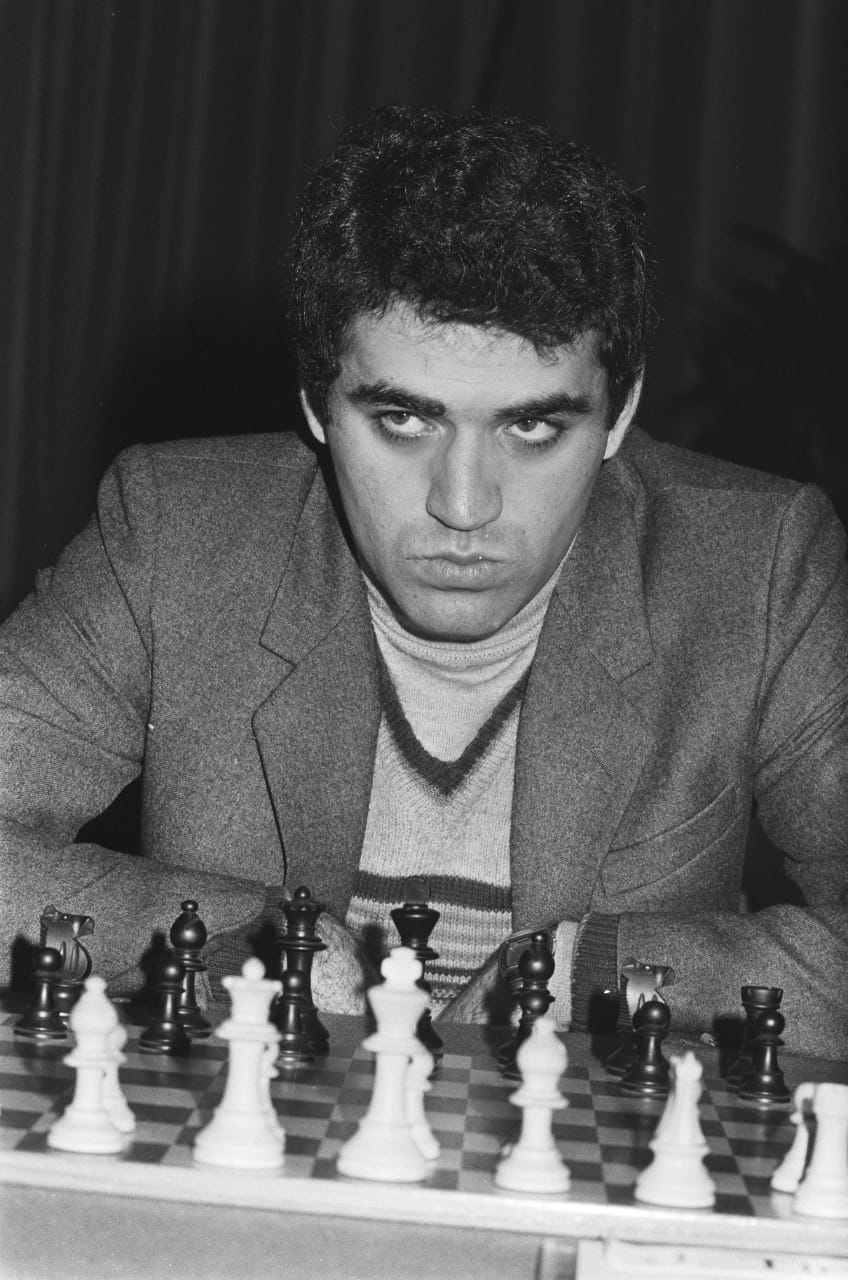
That fighting quality was witnessed the best in Kasparov’s career in his matches against his arch rival, Anatoly Karpov, another all time chess great and a phenomenal match player.
In their prematurely abandoned first match in Moscow 1984, Kasparov was trailing 0-5 after 27 games (draws not counting) when he decided to dig in and bring the score up to 3 – 5 after 48 games, notably with wins in the last two games.
In the 1985 Moscow match, Kasparov was leading 12 – 11 before the final game and warded off a spirted attack by Karpov in a memorable Sicilian Scheveningen battle to win the match with 13 – 11 and win the title of the world champion.
In the 1986 London / Leningrad return match , Kasparov won the 22nd game and kept the title by drawing the next two games. The penultimate match game is well-known for its memorable rook sortie by Kasparov:
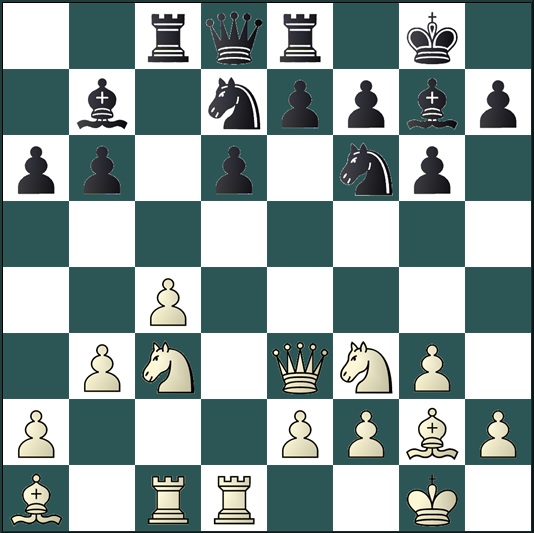
In a regular looking Hedgehog position, Kasparov unexpectedly sent the rook wandering on to the middle of the board with 14...Rc5!? 16...Rf5!? before returning back 19...Rc5 and 20...Rc8 to achieve equality. What an idea! This crucial draw with black pieces enabled him to win the match by drawing the last game easily.
Any diligent student of the game of chess knows what happened in the final two games of the 1987 Seville match between Kasaprov and Karpov. With scores tied after 22 games, Karpov threw a bombshell by winning the 23rd game with white pieces. Now, needing to win the final 24th game with white pieces, Kasparov described his feelings as thus:
“...I had one remaining chance. Just one! Perhaps one in a thousand, perhaps one in a million, but I still had a chance, although it is well known that if you desperately need to win the final game, it never happens.”
And how did he prepare for that crucial game?
“...For a start, I had to restore my equanimity. And that same ill-starred evening I set off with Nikitin and Litvanov to the Seville Sol Hotel, where my team was staying. I went in smiling, forcing myself to remain outwardly calm. For a few hours I sat with my team in their room, playing cards, joking and laughing. We all tried to banish dark thoughts, and to relax and not think of the following day. Well after midnight I returned to the villa and slept like a log for a good five to six hours until after day-break.”
And what was his decided strategy for the final game?
“...It was more important to restore at least partially my nerves and strength. We merely outlined the final strategy. It was decided to play as calmly as possible, without forcing events in the opening, in order to draw the opponent into a slow battle of manoeuvre, in the hope that somewhere, in his striving for simplification, Karpov would falter.”
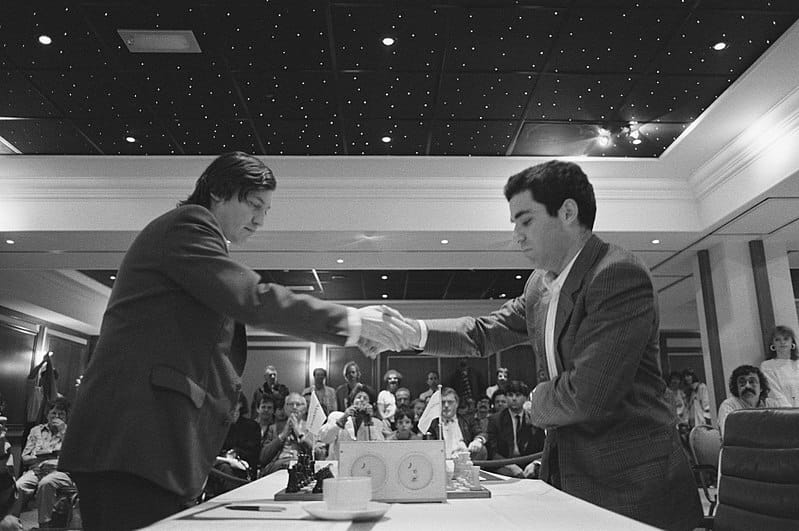
The final match between these two rivals in 1990 at New York / Lyon was almost completely dominated by Kasparov.
In more recent times, another brilliant encounter was the 14th and final game between Vladimir Kramnik and Peter Leko in the Brissago World Championship 2004. Needing to win the final game, Kramnik played a grinding ending and finally found a breakthrough with an aesthetically pleasing finish:
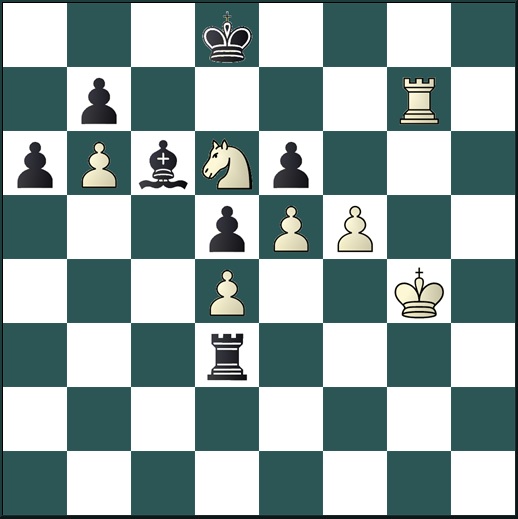
Reminiscent of the famous Capablanca – Tartakower, New York 1923, Kramnik’s beautiful 37.f5! followed by making inroads into the black camp with his king won the game, and helped him retain the title.
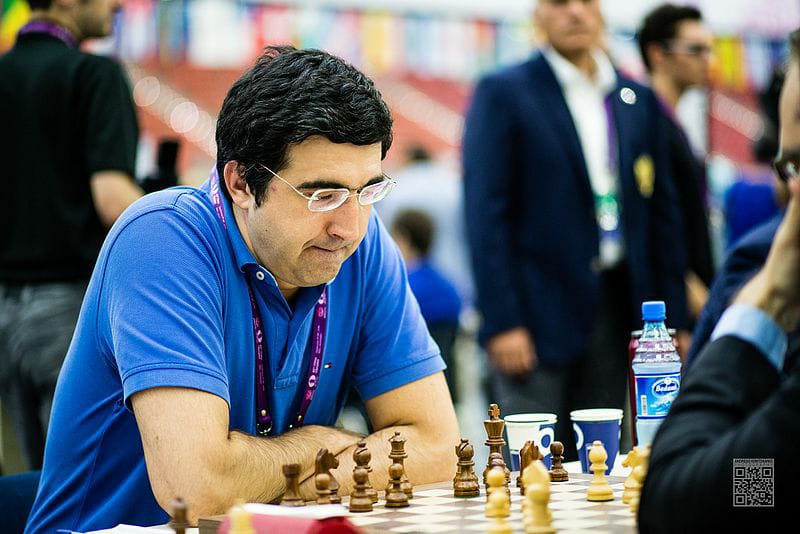
Vladimir Kramnik – Doing a Capablanca
Thus, as a world championship approaches its final stretch, such profound and powerful encounters take place, with players’ nerves and emotions inevitably taking hold of them. Of course, playing under such pressure, when even a slightest of weakness over the board might cost you a place in the history books, is no easy task.
Thus, when Ding appeared for the 12th game of the ongoing match with the score in favour of Nepo at 6 – 5, the question in everone’s mind was: how was the Chinese grandmaster going to conduct the game?
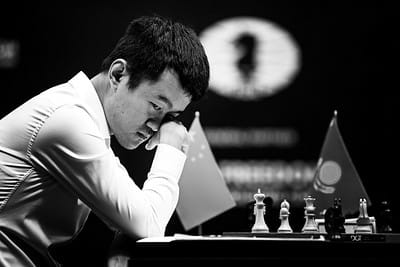
Picture Courtesy-Stev Bonhage / FIDE
The first important moment came after Black’s 11th move:
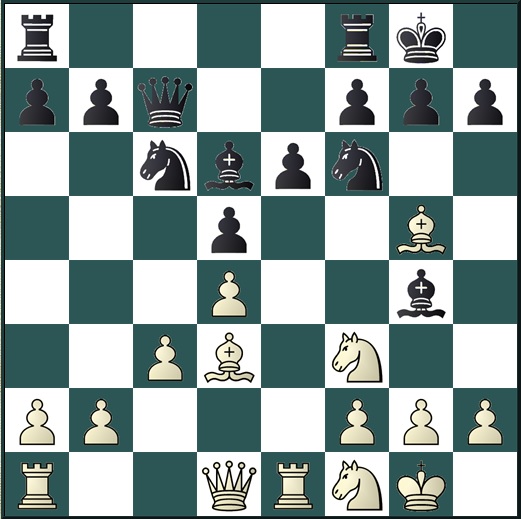
Curiously, Black has reached a known position a temp down, and his previous move 11...0-0 is a provocation: what is White going to do with his dark square bishop on g5 now?
Capturing 12.Bxf6 may create a structural weakness in the black position, but it also makes the game more tactical, which might suit Nepo’s style of play more than Ding’s.
Ding took the bait and played 12.Bxf6 gxf6 13.Ng3, signalling he’s welcome to play a sharper game in this crucial encounter.
The second turning point was even more intriguing:
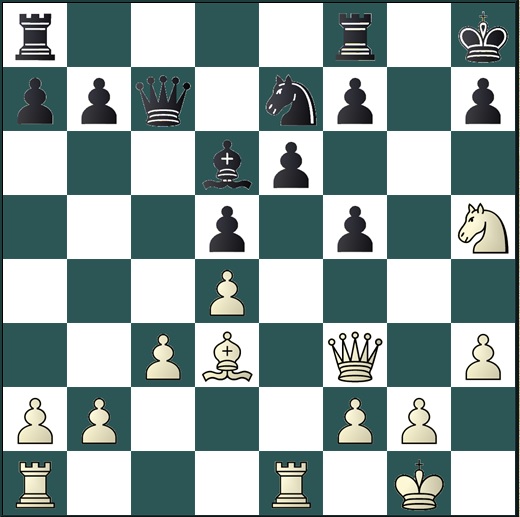
Here Ding played 17.g4?! which felt more like an emotional decision than a pragmatic one. After all, what real chances White has in drumming up an attack on the black king? This move backfired on him, and Nepo soon seized the initiative, and it grew to alarming proportions, raising expectations of a black win and almost at the end of the match.
Both fans of Ding as well as those who wanted a full-fledged fight to the wire were obviously disappointed with Ding’s play at this stage. This is after all a complete opposite of what Kasparov had recommended in such a match situation, to keep one’s calm and play.
The game took on a tactical flavour from this point onwards, and the most dramatic twists and turns started from the 28th move:
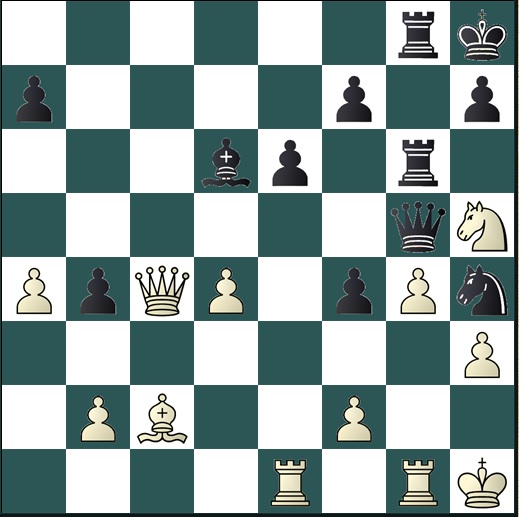
The blunder-fest started here: 28.Qc6? Bb8? (28...Nf5!)

29.Qb7? (29.Bxg6 wins material) Rh6? (29...Nf5! Again) and the game reached a messy position. Nepo continued playing quickly and erratically, finally losing the game after 38 moves.
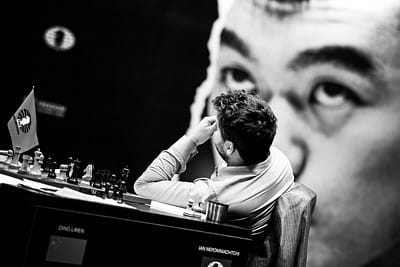
Picture courtesy-Stev Bonhage / FIDE
So, after another uneven draw in the 13th game the scores remain tied at 6.5-6.5 and only the 14th game and last game remains to be played. Ding Liren may be interpreted as the obvious favourite here, as he holds the white pieces and also on a high after the dramatic happenings of the 12th game.
Let us see if any of the players manages to hold the nerves and play steady chess, or it will be another case of emotions, actions and blunders.


